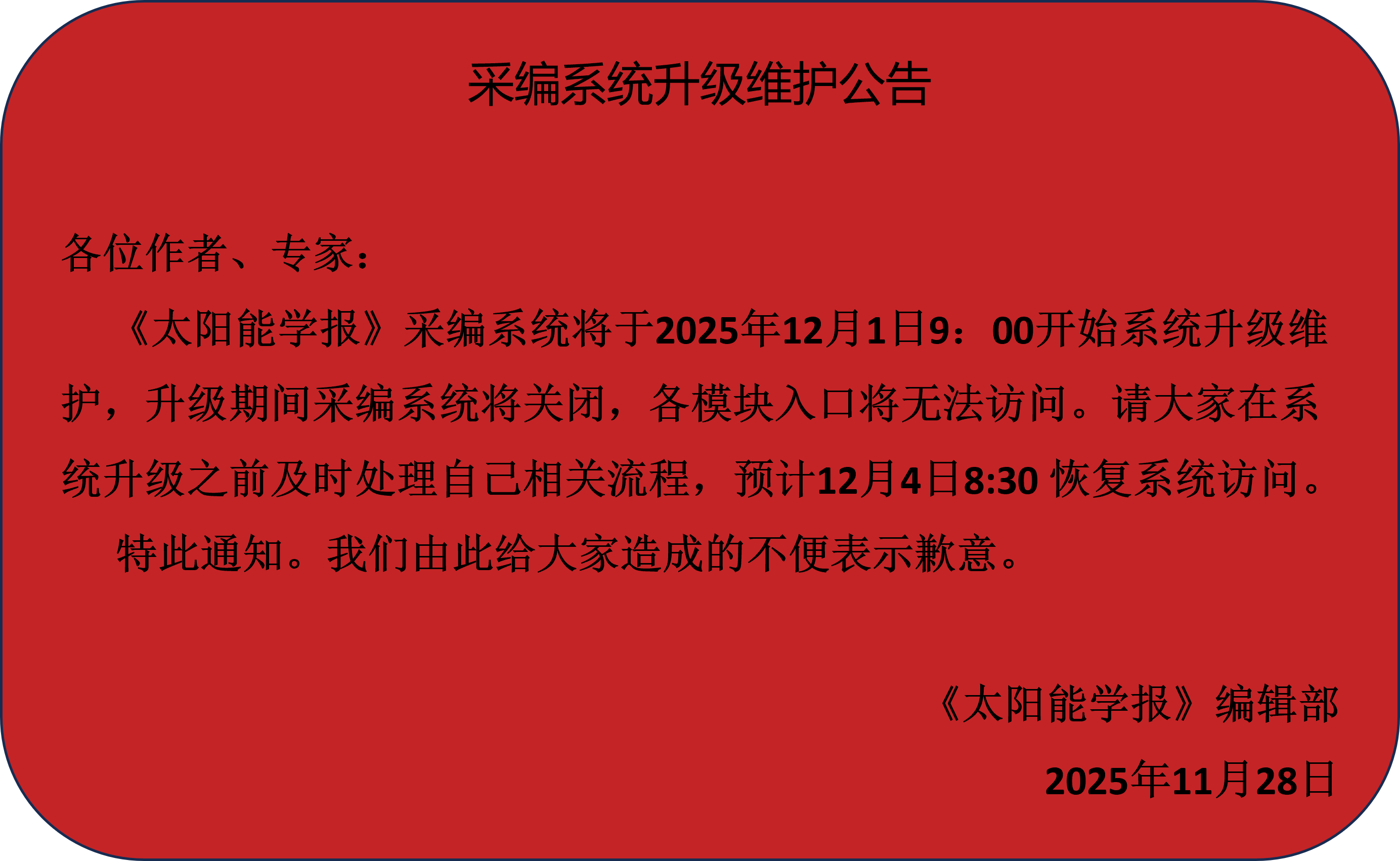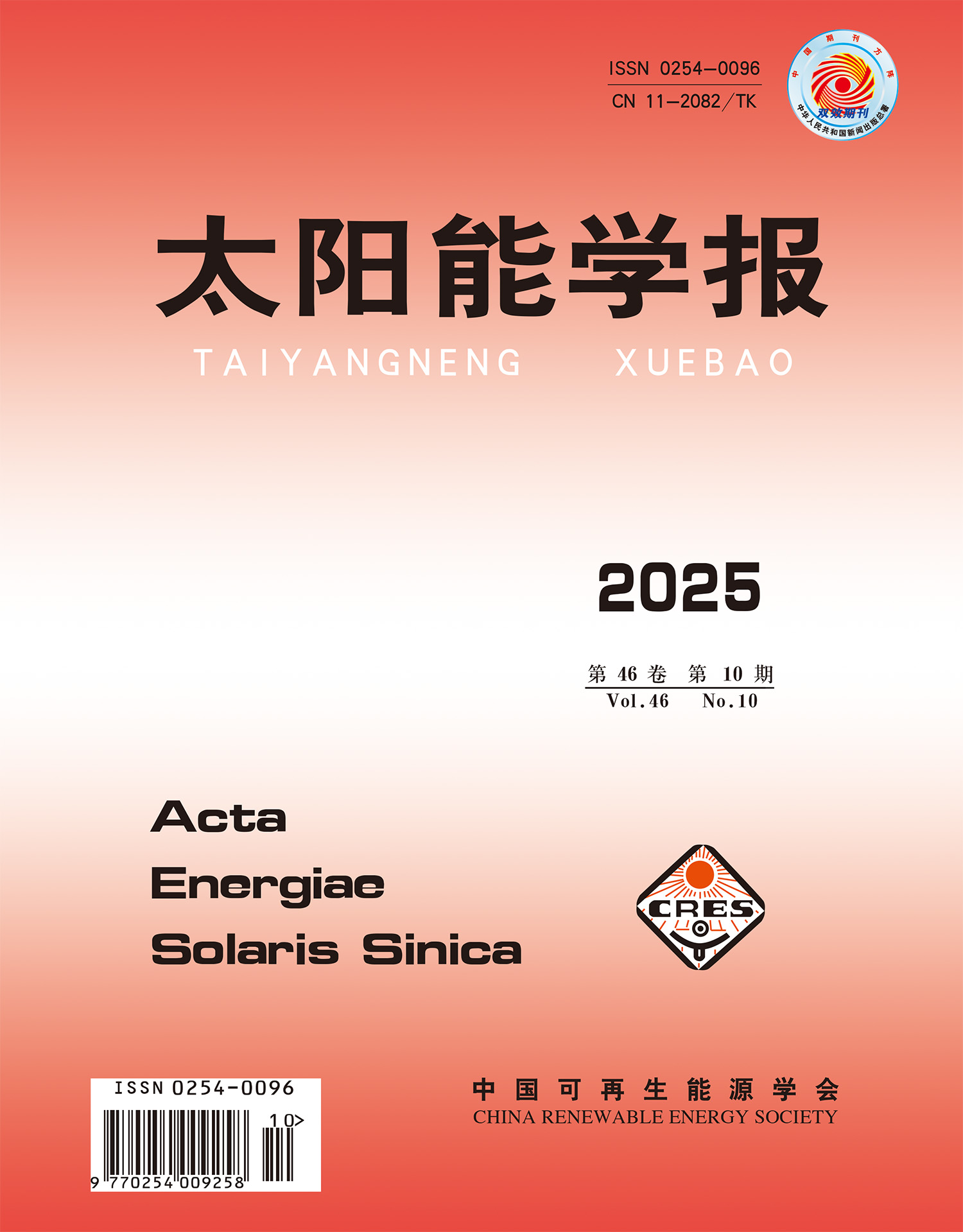Wang Xin, Bao Caijilahu, Ma Zhiqiang, Li Jie, Gao Jundong, Li Kaixin
To enhance the accuracy of RUL predictions, we proposed a novel lithium battery RUL prediction model that integrates multi-scale decomposition with multi-model fusion, effectively addressing noise and local fluctuations in capacity degradation data. Firstly, complete ensemble empirical mode decomposition with adaptive noise (CEEMDAN) is employed to decompose the original capacity data into several components. The high-frequency components primarily reflect short-term local variations and noise, while the low-frequency components capture the long-term degradation trends. Secondly, bidirectional long short-term memory (BiLSTM) networks and Gaussian process regression (GPR) are applied to model the decomposed high-frequency and low-frequency components, respectively, capturing the complex patterns and dependencies in the time series data. To further enhance predictive performance, the model parameters are optimized using an adaptive particle swarm optimization (APSO) algorithm. Finally, the individual predictions from each component are aggregated to compute the overall battery RUL. To evaluation on public datasets includes a comprehensive suite of experiments, such as comparison, ablation, and generalization studies. The results demonstrate that the proposed model achieves minimum AE, MAE and RMSE values of 0, 0.15%, and 0.18%, respectively, for the RUL prediction task. These findings highlight the model’s excellent generalization ability and high prediction accuracy, establishing its effectiveness for lithium battery RUL prediction.

